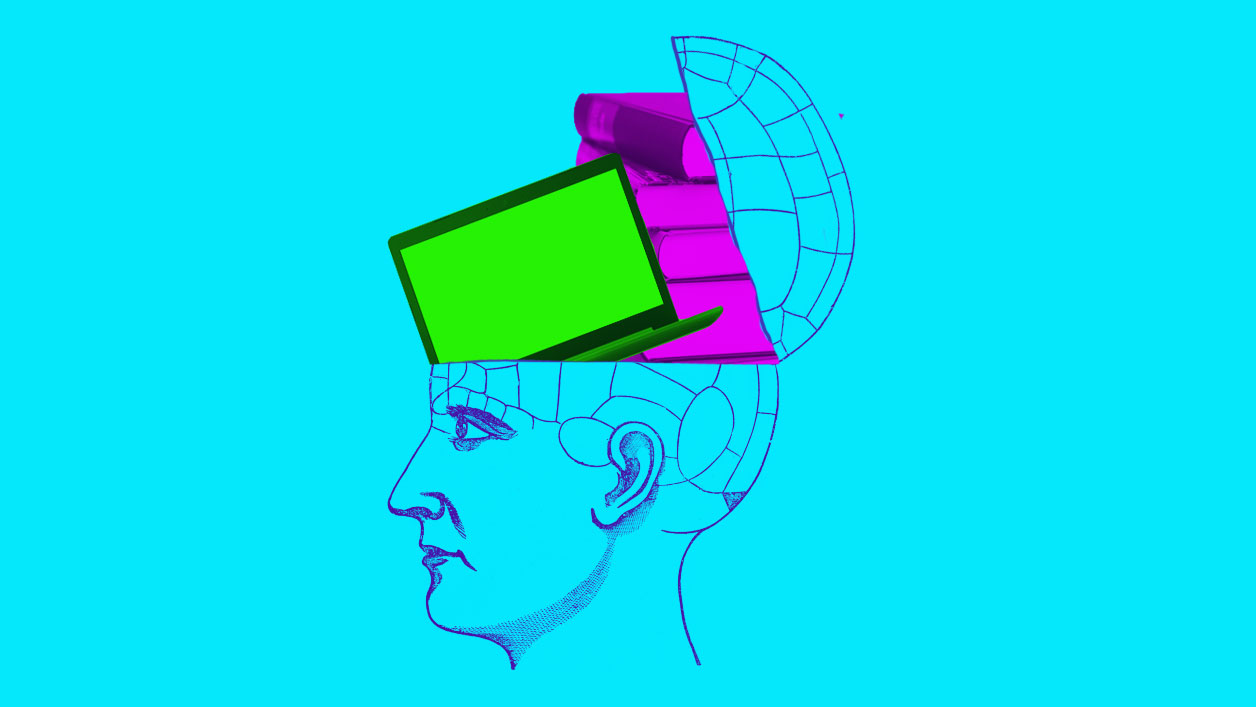There’s no such thing as a “tech person” in the age of AI

When I was an undergrad at MIT, and later an engineer in Silicon Valley, I always felt like a bit of a black sheep because of my perpetual desire to straddle technology and the humanities. That went against the culture of both worlds, indicative of a broader impulse globally to separate the two.
In hindsight, this separation hasn’t served us so well. As Henry Kissinger wrote in the June 2018 issue of the Atlantic: “The Enlightenment started with essentially philosophical insights spread by a new technology. Our period is moving in the opposite direction. It has generated a potentially dominating technology in search of a guiding philosophy.”
That so-called dominating technology is artificial intelligence. Its sudden rise has already permeated every aspect of our lives, transforming our social, political, and economic systems. We no longer live in a society that reflects our old, manufactured separations. To catch up, we need to restructure the way we learn and work.
This was the resounding message at Thursday's celebration for MIT’s new Schwarzman College of Computing, a $1 billion endeavor to create a central hub of AI research that also cuts across all other disciplines. “The world needs bilinguals,” said MIT president Rafael Reif. In other words, the world needs engineers with a better grounding in the liberal arts, who can build more ethical products and platforms, as well as policymakers and civic leaders with a better understanding of technology to help guide responsible innovation.
The approach has the potential not just to diversify tech but to help “techify” everything else, said Megan Smith, former CTO for the Obama administration: “We could really work on ... the hardest problems together in this collaborative way.”
Faculty at the new college will work with other MIT departments to cross-pollinate ideas. Classes will also be designed so that technical skills, social sciences, and the humanities are bound up together within each course rather than learned separately.
“It’s not just thinking about how you learn computation,” Melissa Nobles, the dean of MIT’s School of Humanities, Arts, and Social Sciences, told MIT Technology Review after the main-stage event, “but it’s also students having an awareness of the larger political, social context in which we’re all living.”
This has also been my driving mission with MIT Technology Review’s AI newsletter, The Algorithm: to dismantle our outdated notions that technology is for the tech people and social problems are for the humanities people; that there is such thing as a “math person,” which is certainly not the same as a “people person.” These are false dichotomies, and perpetuating them is proving more and more detrimental.
The cynic in me wonders if a new college can really create enough of a culture shift in research and industry to collapse the distance between these tribal camps. The optimist in me is heartened by all the readers I’ve heard from since I began writing The Algorithm, who share my hunger to dive deeper into the messiness of human society as well as the technical weeds.
“I’m not sure it’s going to work out beautifully,” said Joi Ito, the director of the MIT Media Lab, after the event. But establishing the college, he said, “is an important component of trying to do so.”
Ok, I’ll bite. Let’s at least try.
This story originally appeared in our AI newsletter The Algorithm. To have it directly delivered to your inbox, sign up here for free.
Deep Dive
Artificial intelligence
Large language models can do jaw-dropping things. But nobody knows exactly why.
And that's a problem. Figuring it out is one of the biggest scientific puzzles of our time and a crucial step towards controlling more powerful future models.
Google DeepMind’s new generative model makes Super Mario–like games from scratch
Genie learns how to control games by watching hours and hours of video. It could help train next-gen robots too.
What’s next for generative video
OpenAI's Sora has raised the bar for AI moviemaking. Here are four things to bear in mind as we wrap our heads around what's coming.
Stay connected
Get the latest updates from
MIT Technology Review
Discover special offers, top stories, upcoming events, and more.